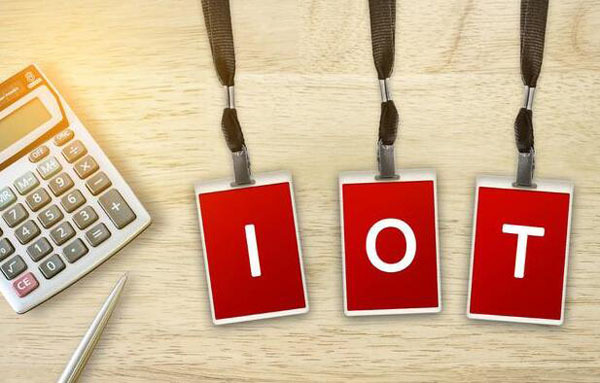Despite years of development, the Internet of Things still faces the challenge of application fragmentation. In the foreseeable future, the Internet of Things will tend to flourish in vertical industries. In addition, there are three trends worthy of attention.
1. Richer connection technologies
The foundation of the Internet of Things is connection, and the bottom layer of any Internet of Things application is connection through the network. The connection technologies that everyone is more familiar with include short-distance wireless connection technologies such as Bluetooth, WIFI, and ZigBee, and cellular connection technologies such as NB-IoT, GPRS, and LTE. Of course, they also include wired connection technologies such as industrial bus, Ethernet, and PON.


The one that has received the most widespread attention from the market now is undoubtedly NB-IoT. With the freezing of the NB-IoT standard protocol in June 2016, NB-IoT has indeed set off a new wave of enthusiasm in the Internet of Things market. As a narrowband cellular low-power wide-area technology, NB-IoT has the advantages of wide coverage, large connections, low power consumption, and low cost. It is very suitable for those IoT applications that require long-distance transmission, small data volume, and require battery power for long-term operation.
In actual scenarios, most IoT applications usually only need to transmit a small amount of data. For example, when collecting displacement status data of bridges, although the amount of data is not large, bridges are generally scattered and do not have a power supply environment. Traditional 2G/3G communications have high power consumption requirements and cannot be deployed. The emergence of NB-IoT will be able to more effectively solve the access needs of more similar scenarios.
2. Building an ecosystem vs embracing the ecosystem
Before the true Internet of Everything comes, the industry will form several major IoT ecosystems, and both enterprises and developers have to rely on the ecosystems for survival and development.


GE Predix is a typical representative of ecosystem builders. Different from previous device connection and data collection platforms, GE positions the Predix platform as a cloud operating system for the industrial Internet. In fact, it provides users with an open application development environment and supporting facilities. Tools, users can develop applications such as data collection based on their actual business needs. Of course, the functions of Predix are far more than this. To build an IoT ecosystem, technology is only one of the many necessary elements. Strong system integration capabilities and irreplaceable influence in the value chain also play a crucial role.
Internet of Things application development is a systematic project involving operating systems, hardware, networks, interconnection protocols, cloud platforms, etc. Those who have the strength and resources to build an ecosystem, such as GE, Siemens, and Huawei, are very few and even so, it is impossible. Independently cover all links in between. For the vast majority of ordinary enterprises, when it is impossible to build an ecosystem, the best way is to embrace the ecosystem and only focus on application innovation in the business areas in which they specialize or are good at. .
3. Business model innovation
The Internet of Things was once regarded as a “high-end, promising” star industry, but now it has been criticized because it is difficult to achieve profitability. According to IBM statistics, about 2/3 of IoT projects fail. The reasons include various problems such as “pseudo demand”, improper selection of technology platforms, and failure to implement projects. However, more failed projects are attributed to the business model.


Judging from the current market situation, it is extremely difficult to make money in the 2C IoT market. The vast majority of consumers are unwilling to pay for various consumer smart products that cannot solve actual pain points and needs. The 2B market is still profitable. Although the 2G (To Government) market can rely on government investment to drive demand and earn government subsidies, it is greatly affected by government policies and is not a long-term solution. If you want to “nugget” the Internet of Things, in addition to truly deploying applications based on your own actual needs, business model innovation is also very important.